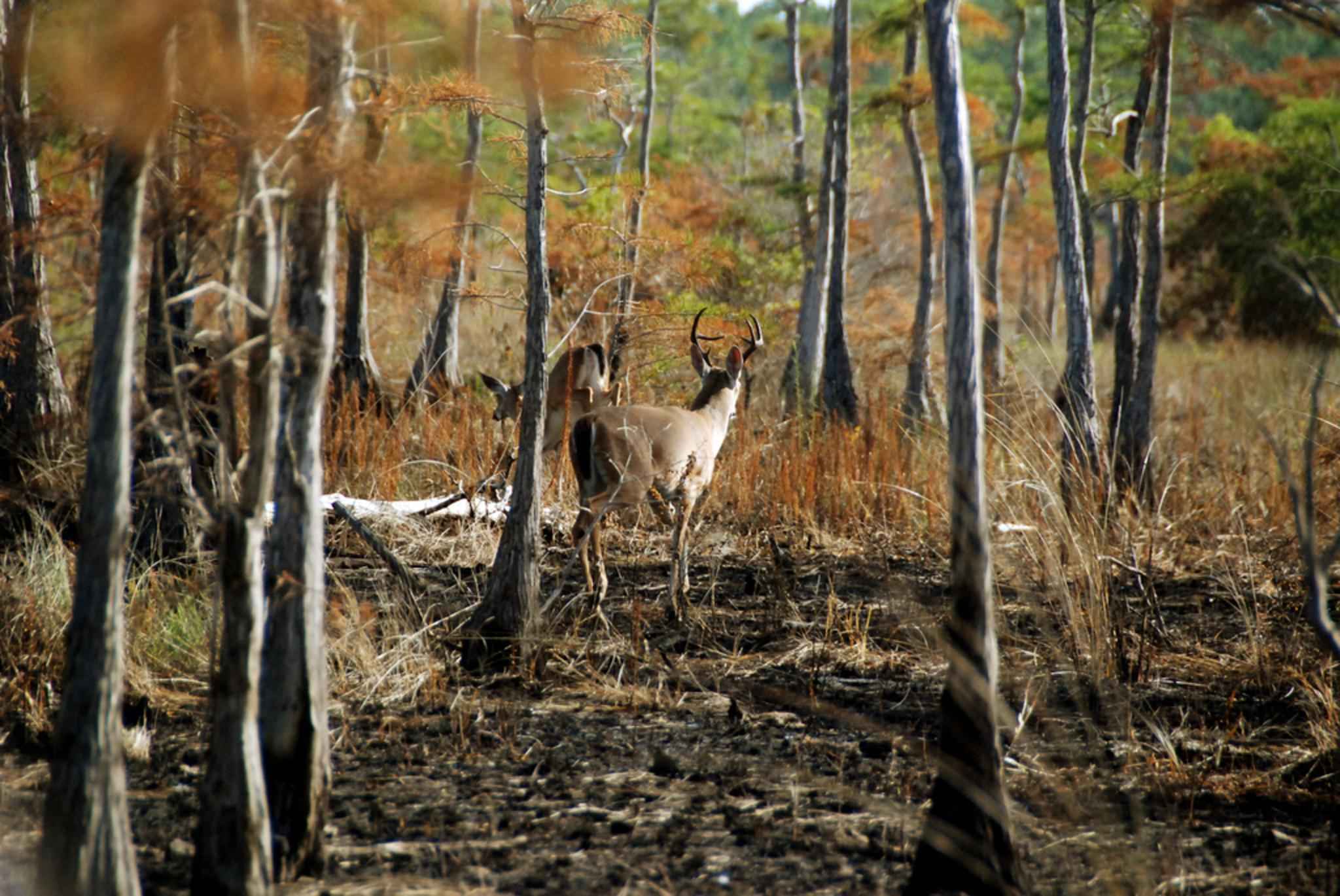Rare Whitetail Deer Subspecies Bounces Back from the Brink
OutdoorHub Reporters 10.19.15

After nearly a half century of tireless conservation efforts, federal wildlife officials announced earlier this month that the Columbian whitetail deer may be finally taken off the endangered species list.
The rare and elusive subspecies is only found in the wild near the Lower Columbia River of the Pacific Northwest, which gave the animals their name, and near the valley floor of the Umpqua River Basin. A small population also lives in the Julia Butler Hansen Refuge in Washington. Officials with the US Fish and Wildlife Service (USFWS) say that both wild populations have recovered significantly enough for the animal to be downlisted from “endangered” to “threatened.”
“This combined effort between the Service, states, tribes and conservation groups demonstrates the success of the ESA in bringing stakeholders together to bring imperiled species back from the brink of extinction,” said Richard Hannan, the Service’s Deputy Regional Director, in a press release. “By working together to reduce threats and establish secure subpopulations of Columbia white-tailed deer, their numbers are now at a record high. The continued conservation success in the Pacific Northwest illustrates what we can accomplish when we all work together.”
The Columbian whitetail was first added to the list of endangered species in 1968 after dwindling to less than a thousand individuals. The population decline was due mostly to human encroachment in the Pacific Northwest, such as farming and logging, but was also exacerbated by the animal’s late sexual maturity. Columbian whitetails reach sexual maturity at 18 months, about three times later than other whitetail deer.
With federal protections in place, the population in the Umpqua River Basin grew to around 5,000 in 2003 and was delisted that year. With that population stable, conservation groups turned their attention to growing deer numbers in the Lower Columbia River, which saw heavy losses in 1996 after a disastrous flood wiped out many of the local deer. New grants and additional land set aside for the deer have seemingly fast-tracked the animals on the road to recovery.
“We are gratified by the progress that has been achieved towards recovery of this very important component to our culture,” said William Iyall, Chairman of the Cowlitz Indian Tribe. “We began our focus on recovery through a Fish and Wildlife Service Tribal Wildlife grant in 2008, which we believe forged a positive path towards partnership and recovery. We long for the day and will continue to do our part to see Columbian white-tailed deer fully restored and delisted from the Endangered Species List.”
The deer continue to face ecological threats, such as the recent failure of levees in the Julia Butler Hansen refuge, but officials believe the overall population is healthy enough to be delisted. In fact, Oregon opened a very limited hunting season in 2005. If the entire subspecies is delisted, state wildlife managers will no longer have to seek federal permission to move or transport the deer, and can enact culls if necessary.
The USFWS is opening a 60-day public comment period and is planning to finalize the decision later this year.

